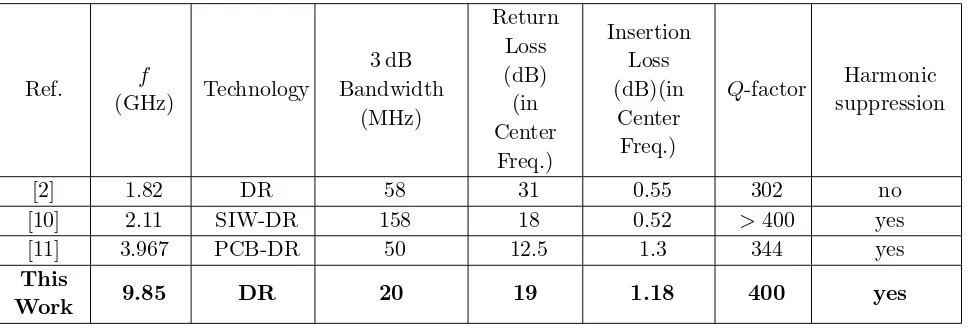High Q-Factor Narrow-Band Bandpass Filter Using Cylindrical Dielectric Resonators for X-Band Applications
Full text
Figure
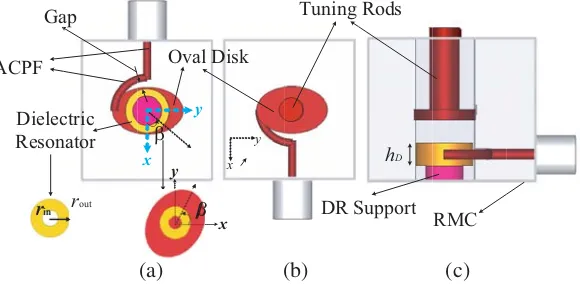
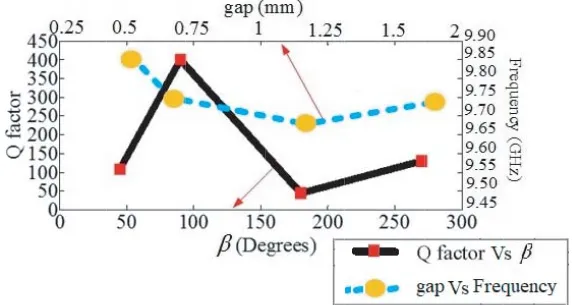
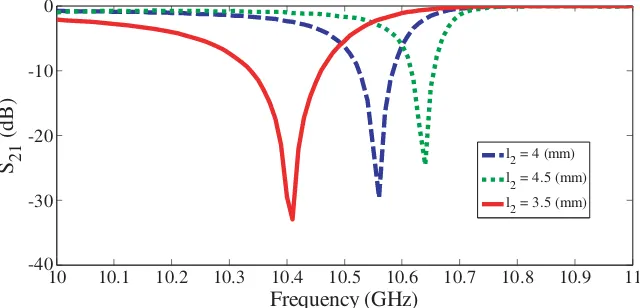
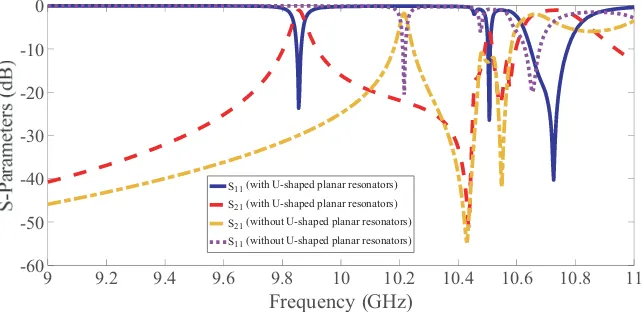
Related documents
To test applicability of dependence (11) to the values of fast neutron fluence of ~8.0×10 23 neutron/m 2 , the specimens were subjected to accelerated irradiation (50-500 times
The analysis concludes that the scheduling algorithm based on CLA based encoding network shows lower power delay product and lower area delay product and a reasonably lower
Straightforward and compact trigger generator using pulse shaping network which produces a trigger pulse of subnanosecond rise time.. A pulse power system requires delivering
The specimen CB1, with conventional reinforcement arrangement, had undergone hysteretic response when it was subjected to the cyclic loading and had capacity to withstand upto 8 th
The coding is developed in Verilog and it is synthesized and simulated using Xilinx ISE 13.2.The results are analysed with array multiplier in terms of computation time.. KEYWORDS:
It may accord- ingly be concluded that none of the 35 forked (not-fused) offspring repre- sented equal crossing over between the halves of the two double-type bar
Overall, code complexity, OO design complexity, network complexity, and execution complexity metrics can discriminative vulnerable and neutral code locations at file and class
For populations with small effective population size, the inverse of the genomic relationship matrix can be computed inexpensively for a very large number of genotyped
